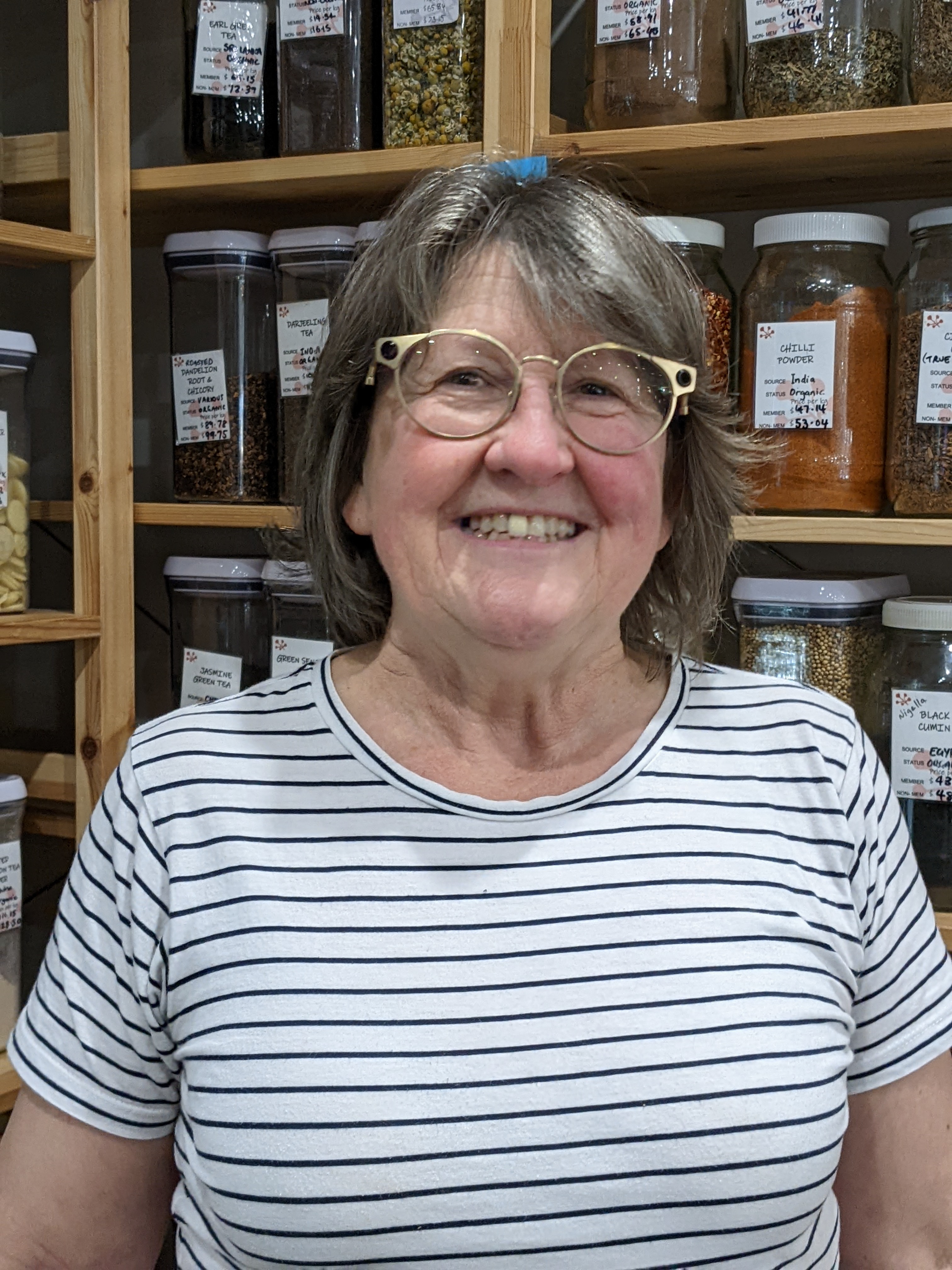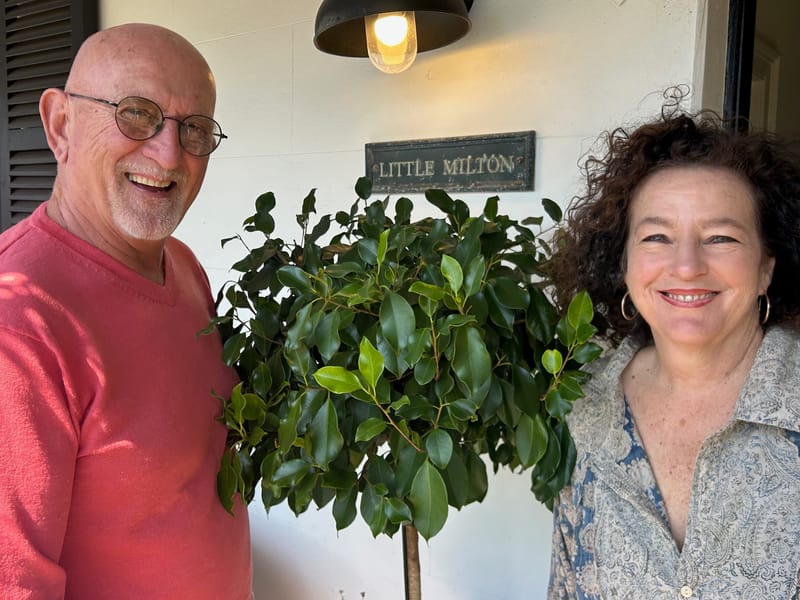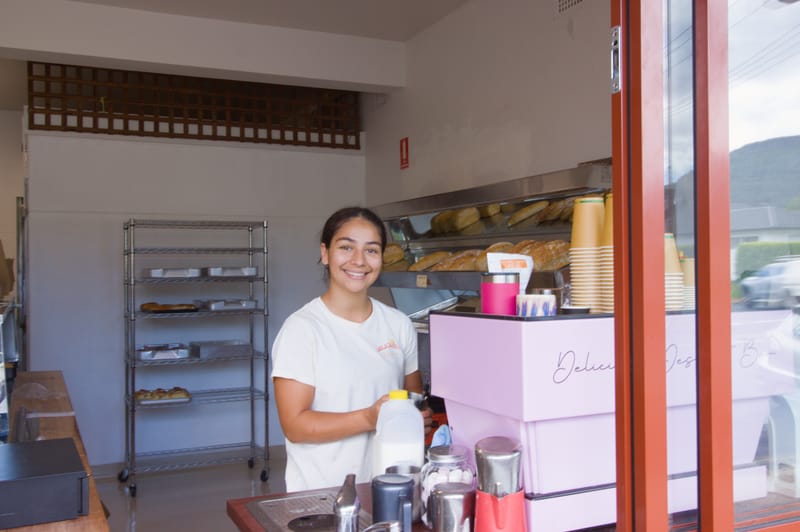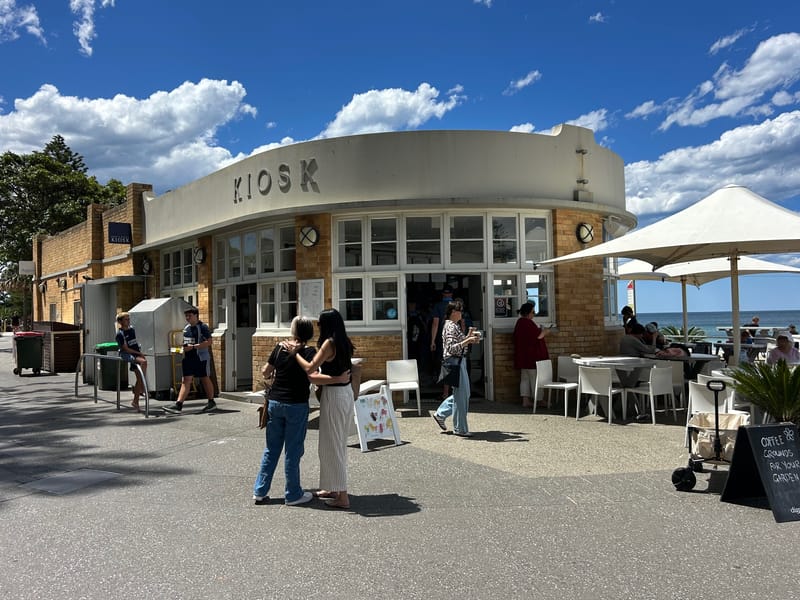Let’s talk about slow cooking
Slow cooking is inextricably linked to winter and making the most of cheaper cuts of meat like lamb and pork shoulder, casserole and chuck steak, chicken on the bone and even duck. Benchtop electric slow cookers are a common appliance in many...
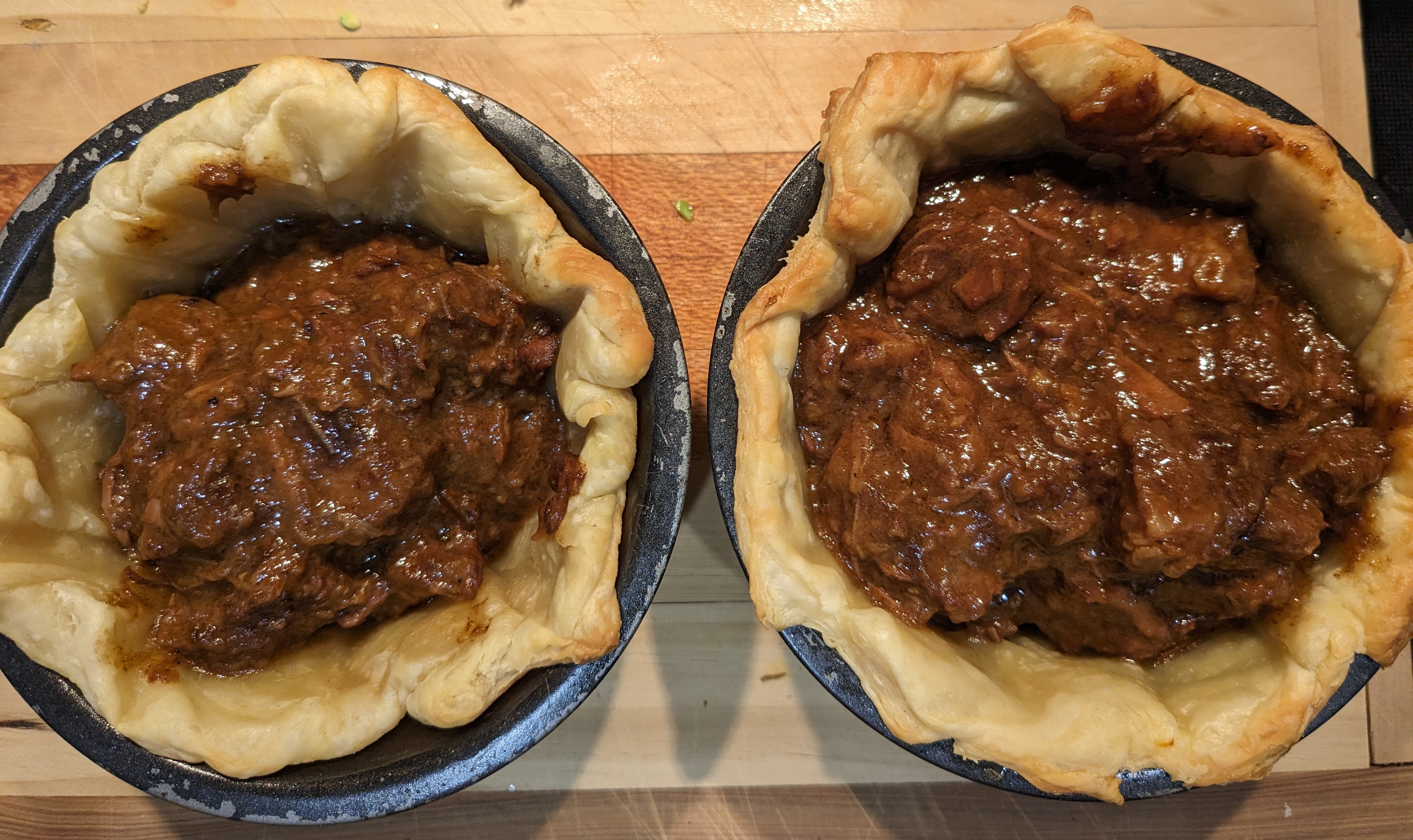
Slow cooking is inextricably linked to winter and making the most of cheaper cuts of meat such as lamb and pork shoulder, casserole and chuck steak, chicken on the bone and even duck.
Benchtop electric slow cookers are a common appliance in many kitchens but are not required – you can slow cook on low heat in an oven, on the stovetop using a Dutch oven or on an open fire if you have a heat-resistant casserole dish with a tight fitting lid. Minimal preparation is required for maximum flavour and nutrition.
We commonly think of slow cooking involving stewing or braising beef, lamb or pork in liquid. The low temperatures and lengthy cooking time allows the collagen in the connective tissue to dissolve into gelatin.
In his seminal book, McGee on Food and Cooking, Harold McGee gives several guidelines for succulent slow-cooked braises (larger cuts of meat) and stews:
- Keep meat in large pieces to reduce the loss of fluid
- Brown the meat quickly in a hot pan to increase flavour prior to adding the liquid
- Stop cooking when the meat pulls apart with a fork
- Let the meat cool in the liquid
- Remove the meat and cook down the liquid if necessary
The CSIRO Total Wellbeing Diet provides a guide to slow cooking, promoting the nutritional value of combining protein with a range of vegetables, dishes which are full of fibre, antioxidants and healthy carbohydrates.
And don’t discount vegetarian slow-cooked dishes. Lentils, chickpeas and root vegetables lend themselves to slow cooking. Just add the veggies that are more likely to disintegrate towards the end of the cooking period.
An important point to remember when using a benchtop slow cooker is to limit the liquid (water or stock) because the tight-fitting lid will not allow for evaporation. If cooking in an oven or stovetop you can leave the lid ajar to allow the cooking juices to thicken through the cooking process.
In the spirit of proving that you don’t need meat in your slow-cooked stew, here is a vegetarian recipe from one of my favourite sources, Gourmet Traveller. It’s a chana dhal – curry made with split chickpeas – with roti (Indian bread).
You can leave out the roti as it’s quite fiddly. Serve with store-bought roti or naan or just serve on a bed of basmati rice.
Bitten by experience, my advice is to either soak the split chickpeas overnight or double the cooking time to ensure they are tender and keep the lid on until towards the end of the cooking time.

